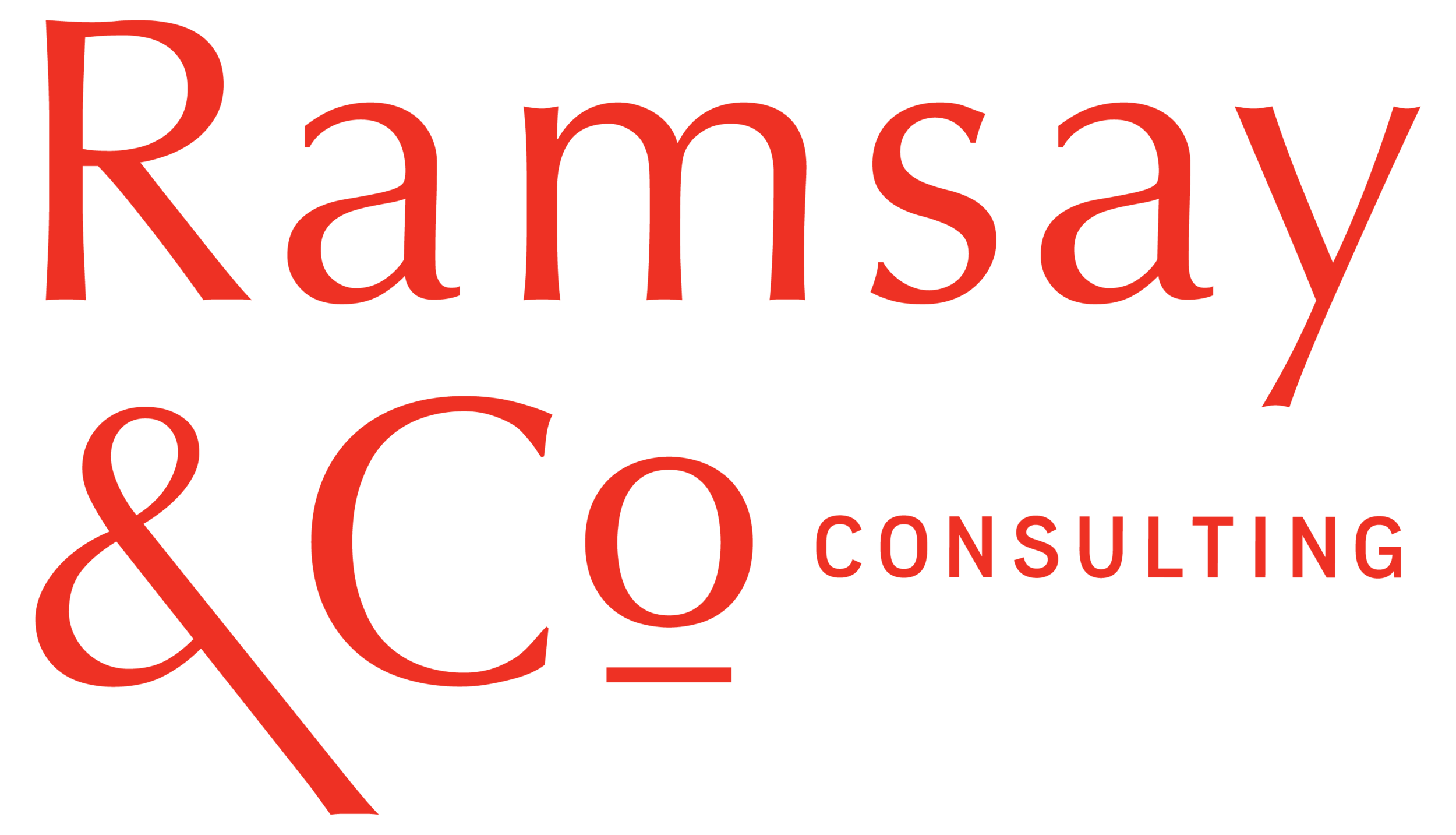#11 – Where Do We Start?
Don't bury the lede.
My past few letters have been a bit high level, so I wanted to get grounded with a usable tool for you today. Because stories are hard, especially the beginning.
I learned a lot in journalism school. How to construct a story, how to find sources, how to persist, and how to put my head down and work until it’s done (on deadline). But the most important lesson I learned was how to be a better writer and storyteller. Mostly through trial and error combined with harsh criticism that smoothed out as I improved. And reading lots of great non-fiction. A good story starts and finishes strong and is very clear about what it’s trying to convey.
“There’s a story in here somewhere,” was the harsh but precise feedback my classmates and I dreaded receiving from one of our professors. I can still feel the drop in my stomach the first time I saw it scrawled at the top of a story I’d submitted—that and my first ever C.
How to start a story and keep it going to the last sentence or moment is a hard thing to figure out. Whether it’s a marketing campaign, a research report, or an article for a national paper it requires a bit of planning—at least it does for me.
Every storyteller’s process and output are different, but being clear about the story you want to tell is key. From the first inkling of an idea to the moment you share it with the world you need to know where you’re taking your audience and why. I’ve told you about want, because, but to keep the momentum in your story. But, there’s also a fundamental adage in journalism that holds true for all stories: don’t bury the lede. The lede is a short and precise summary of the heart of your story that usually shows up in the first paragraph or minute if it’s for tv or radio.
The idea of the lede, and not burying it, reminds me of a deck structure I learned about in my early days of advertising that I still use often, though not always, for reports. The structure is simple: 1. Tell them what you’re going to tell them (the lede) 2. Tell them 3. Summarize what you just told them. It’s simple and makes it easy for your audience to stay with you. I don’t think it works for every story format, but it’s a good place to start when you’re stuck at the beginning.
I’m going to do something different this week and give you a homework assignment. Nothing onerous. Just consider how the structure above, or the concept of a lede, would show up in your chosen medium—if you’re one of the many folks in advertising who read this newsletter, this will be much easier for you. Share in the comments if you come up with anything that may help others. We’re here to grow together.
An example for you. The first words of my novel are, “She found his body two days before her birthday.” The rest of the story is about the impact of this moment in my main character’s life. I remember feeling pretty proud of myself when I finally got that sentence right. Because I’d incorporated a lede into my novel, it was a full circle moment for me as a writer.
Why am I telling you all this? Because it’s hard to start any story. A blank page or space to be filled is one of the most unnerving things a creator, marketer, or individual has to face as part of the storytelling process. Start with the lede. It might not always work, but it’s helped me a lot over the years to get going and pull together the rest of the strategy, campaign idea, or brand.
There’s no good transition to this week’s story share. We lost a real one last week in RBG. But, rather than share an obituary that deals in memories, I thought I’d share her own words. It’s an opinion piece in the New York Times from 2016 in which Ruth Bader Ginsburg gives advice for living. Please note how she casually drops that she learned to write from (effing) Vladimir Nabokov. A forever G in my eyes.
If you found this note helpful, please do share it with others who might find the same. Hopefully you found a story in here somewhere.
Chantaie Allick
Writer|Strategist|Storyteller
Thanks for reading Adventures in Storytelling!
Subscribe for free to receive weekly insights and resources for better communication through storytelling.

